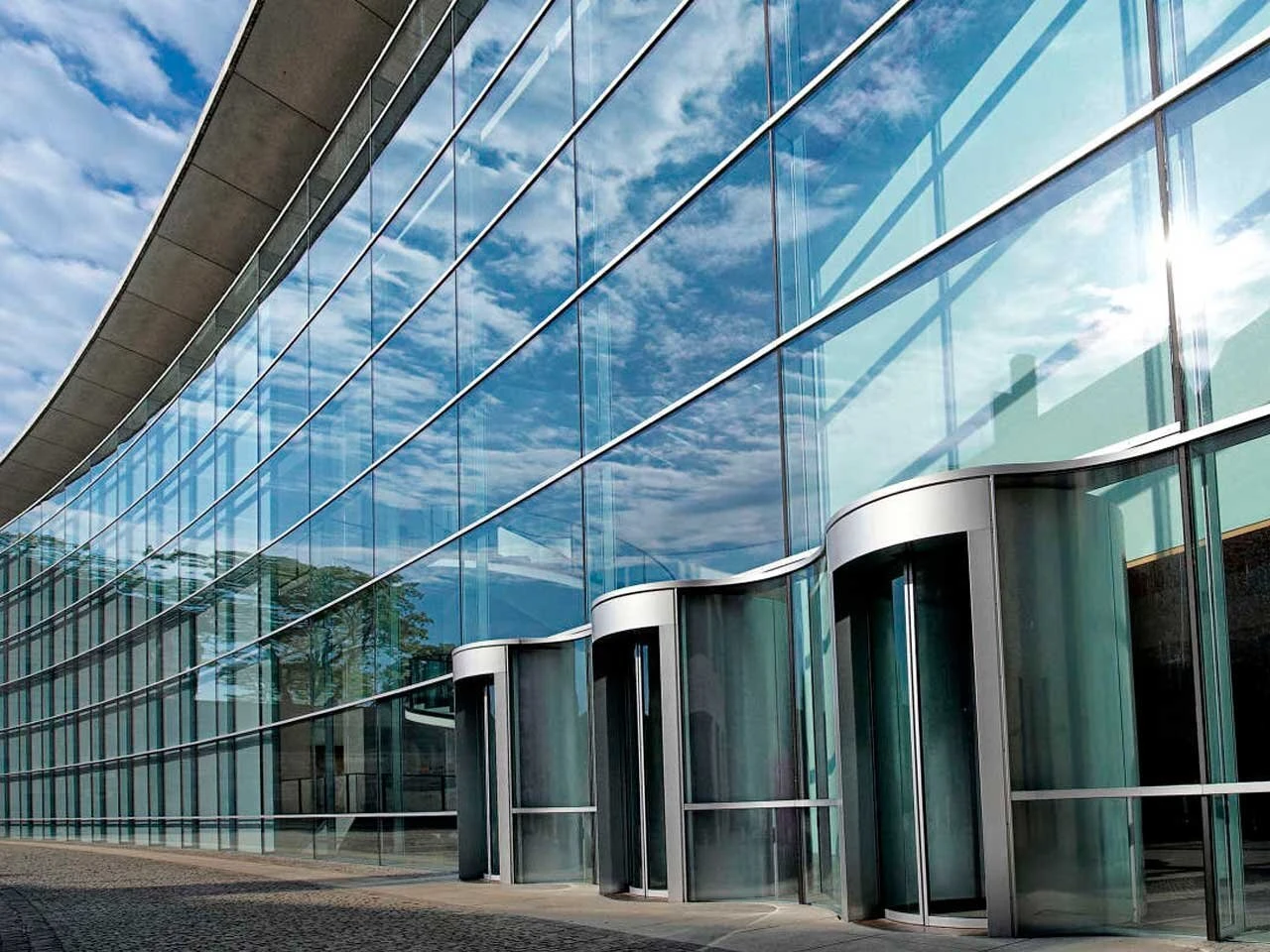

Low-E Glass in China A Sustainable Future for Construction
In recent years, the construction industry in China has undergone a significant transformation, focusing increasingly on sustainable and energy-efficient solutions. One of the key innovations contributing to this change is Low-E (low emissivity) glass. As urbanization continues to rise and environmental concerns become paramount, Low-E glass has emerged as a vital component in modern building design, offering improved energy efficiency, comfort, and aesthetic appeal.
What is Low-E Glass?
Low-E glass is a type of energy-efficient glass that has a microscopically thin coating, which reflects infrared light while allowing visible light to pass through. This coating is typically made from silver and is applied to one or more surfaces of the glass during manufacturing. By minimizing heat transfer, Low-E glass helps to maintain a stable indoor temperature, reducing the reliance on heating and cooling systems, thus leading to lower energy consumption and costs.
The Growing Demand for Low-E Glass in China
China's rapid urbanization has led to an increase in construction activities, with skyscrapers and modern residential buildings dominating the skyline. As such, the demand for energy-efficient materials has soared. According to the China Glass Industry Association, the market for Low-E glass in China has seen exponential growth, driven by government policies aimed at energy conservation and carbon reduction.
Moreover, as consumer awareness of environmental issues rises, builders and architects are increasingly incorporating sustainable materials into their designs. Low-E glass presents an attractive option, providing superior thermal performance without compromising on aesthetics. Its ability to maximize natural light while minimizing the heat gain makes it particularly suited for regions with extreme weather conditions.
Environmental Benefits
The use of Low-E glass contributes significantly to the reduction of greenhouse gas emissions. By enhancing a building's energy efficiency, it plays a pivotal role in lessening the overall energy demand. This is particularly crucial in a country like China, which is the world's largest emitter of carbon dioxide. By integrating Low-E glass, buildings can achieve better energy performance ratings, promoting a greener built environment.

Additionally, Low-E glass helps reduce the urban heat island effect, a phenomenon where urban areas experience significantly warmer temperatures than their rural surroundings due to human activities. By reflecting solar energy, Low-E glass contributes to a cooler urban environment, ultimately benefiting the health and well-being of city inhabitants.
Economic Aspects
The initial investment in Low-E glass may be higher than conventional glass; however, the long-term savings are substantial. Lower energy bills, reduced maintenance costs, and the increased value of energy-efficient buildings make Low-E glass a wise investment. The Chinese government is aware of these benefits and has implemented various subsidies and incentives for the adoption of energy-efficient materials, further encouraging the market.
Challenges and Innovations
Despite its advantages, the Low-E glass market in China faces several challenges. One of the most significant barriers is the perception of higher costs associated with the material. Educational initiatives aimed at architects, builders, and consumers are essential to showcase the long-term benefits and return on investment.
Moreover, ongoing innovations in Low-E technology are expanding its applications and improving its performance. Manufacturers are continuously developing new coatings and glass types, such as triple-glazed Low-E glass, which offers even greater insulation and thermal performance, adapting to the diverse climate conditions across China.
Conclusion
Low-E glass represents a pivotal advancement in the quest for sustainable construction practices in China. As the demand for energy-efficient building materials continues to rise, Low-E glass is poised to play a crucial role in shaping the future of urban landscapes. With government support, increasing consumer awareness, and ongoing technological innovations, Low-E glass not only enhances building performance but also aligns with the broader goals of environmental sustainability and urban resilience.
In conclusion, as China navigates its path toward sustainable development, the integration of Low-E glass into its construction practices stands out as a promising solution. By embracing this technology, the country can move closer to a greener, more energy-efficient future, ensuring that urban environments are not only livable but also responsible stewards of the planet.